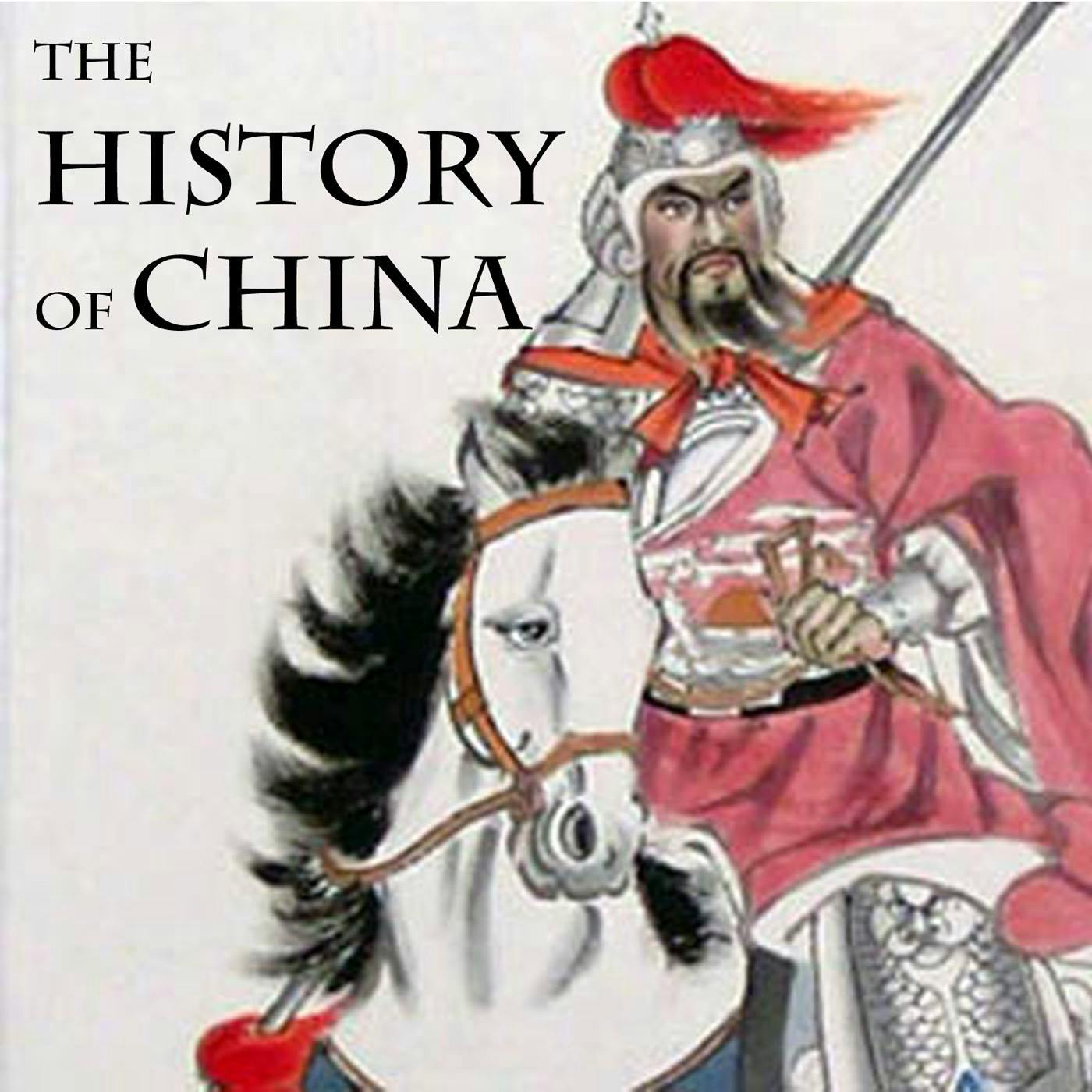
#227 - Ming 17: The Cao Qin Rebellion

The History of China
Shownotes Transcript
Emperor Yingzong is back on his throne thanks to the conspirators loyal to him. Only they turn out to be not so much loyal to "him," as they are to the idea that they should have more and more power. It all culminates with *yet another *coup d'etat..真讨厌...
Time Period Covered:
1457-1464 CE
Major Historical Figures:
Emperor Yingzong (Zhu Qizhen) [r. 1435-1449, 1457-1464]
Crown Prince Zhu Jianshen [b. 1448]
Yu Qian, Minister of War [d. 1457]
Xu Yuzhen, Earl of Wugong [?]
Shi Heng, Duke of Zhongguo [d. 1459]
Cao Zhixiang, Director of Ceremonies [d. 1461]
Grand Secretary Li Xian
Imperial Guard Commander Lu Gao [d. 1461]
General Cao Qin [d. 1461]
General Shi Biao [?]
General Sun Tang
General Ma Ang
General Wu Jin
General Wu Cong
Commander Ma Liang
Commissioner Wanzhe Tuliang
Vice Commissioner-in-Chief Esen Temur
Works Cited:
Qi, Dongfang. “Funerary Perception and Ritual Institution of Imperial Tang” in Kaogu Xuebao (tr. Lee Yun-kuen).
Robinson, David M. “Politics, Force and Ethnicity in Ming China: Mongols and the Abortive Coup of 1461” in The Harvard Journal of Asiatic Studies, Vol. 59, No. 1.
Stutton, Donald S. “Death Rites and Chinese Culture: Standardization and Variation in Ming and Qing Times” in *Modern China, *Vol. 33, No. 1.
Twitchett, Denis & Tilemann Grimm. "The Cheng-t'ung, Ching-t'ai, and T'ien-shun reigns, 1436-1464" in The Cambridge History of China, Vol. 7: The Ming Dynasty, 1368-1644, Part I.
Waldron, Arthur. The Great Wall of China: From History to Myth.
Learn more about your ad choices. Visit megaphone.fm/adchoices)